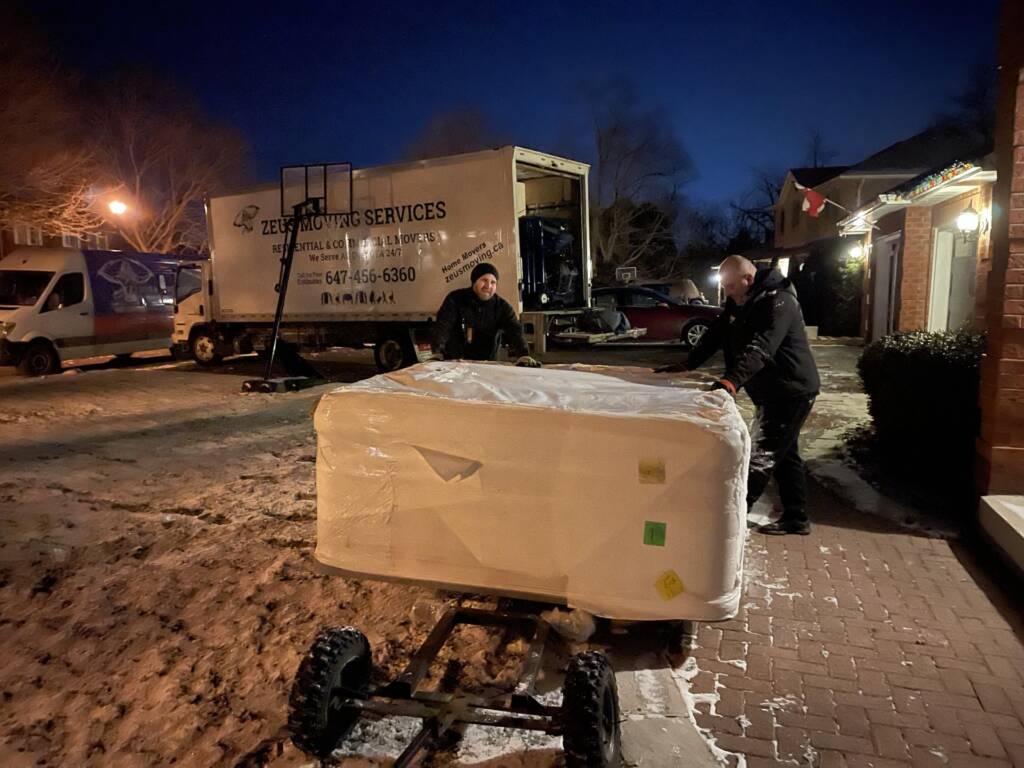Relocating an office can be an overwhelming experience, especially when trying to maintain business operations during the process. However, with the right planning and strategies, you can significantly reduce stress and ensure a smooth transition. Here are the top tips for a stress-free office relocation that will keep your team on track and your business running efficiently.

1. Start Planning Early
The key to any successful move is early and thorough planning. Begin organizing your office relocation at least a few months in advance. Create a detailed checklist outlining every moving aspect, from notifying staff and clients to packing up equipment. Set a timeline with key milestones so you can stay on schedule and avoid last-minute rushes. Early planning also gives you ample time to address potential issues before they arise, reducing the risk of delays.
2. Assign a Move Coordinator
Having a designated move coordinator is essential for keeping the process organized. This person will oversee the move, liaise with the moving company, and ensure that everyone on your team knows their responsibilities. The coordinator can act as the point of contact for all relocation-related matters, ensuring clear communication and accountability throughout the process.
3. Hire Professional Office Movers
One of the best ways to reduce the stress of an office relocation is to hire professional office movers. Experienced movers specialize in handling office equipment, furniture, and delicate technology, ensuring that everything is packed, transported, and set up correctly. Professional movers can also provide packing supplies, disassemble furniture, and offer storage solutions if needed. Their expertise minimizes the risk of damage and ensures the move is completed efficiently.
4. Create a Detailed Inventory
Before you start packing, take inventory of all the office equipment, furniture, and supplies that need to be moved. This step will help you keep track of what you have and ensure nothing gets lost during the move. Label everything clearly, and make a detailed list so that when you unpack at the new location, you know exactly where everything should go. A well-organized inventory will also streamline the unpacking process and get your office back up and running faster.
5. Back Up Data and Secure Technology
Technology is at the heart of most businesses, so it’s crucial to back up all company data before the move. Use cloud storage, external hard drives, or other backup solutions to ensure you don’t lose any important information. Additionally, consider having IT professionals on hand to help with disconnecting and reconnecting computers, servers, and other electronic equipment. Properly securing and handling technology will prevent data loss or damage to critical devices during the move.
6. Communicate with Your Team
A smooth office relocation depends on keeping your team informed and involved. Let your employees know the timeline for the move, any changes to their work schedules, and what’s expected of them. Encourage open communication so they can voice any concerns or ideas that could help make the process easier. By keeping everyone in the loop, you can foster teamwork and reduce confusion or anxiety about the relocation.
7. Purge Unnecessary Items
Moving is the perfect time to declutter your office. Take stock of outdated or unused furniture, equipment, and files, and decide what can be donated, recycled, or discarded. Eliminating unnecessary items before the move will make the process quicker and more efficient, while also giving your new office space a fresh start. It also reduces moving costs since you’ll be transporting fewer items.
8. Label and Organize
Clearly label all boxes and office equipment to ensure a smooth unpacking process. Use color-coded labels for different departments or categories, and create a master list of what’s in each box. This level of organization will make it easier to find and set up everything in your new office space. Proper labeling reduces the chances of misplacing items and ensures that equipment is installed in the right place from the start.
9. Schedule the Move During Off-Hours
To minimize disruption to your business operations, consider scheduling the office move outside of regular work hours, such as during weekends or after hours. This strategy allows your team to stay productive during the move and ensures that your office is ready to go when employees return to work. Off-hour moves also reduce the risk of delays or complications due to building access or elevator usage.
10. Test Everything Before Resuming Work
Before fully settling into your new office, take time to test all equipment and systems to ensure they are working correctly. Set up computers, phones, internet connections, and any other vital office technology, and verify that everything is running smoothly. Address any issues immediately to avoid disruptions when your team resumes work.
Conclusion
A successful office relocation doesn’t have to be stressful. By planning, hiring professional movers, and keeping your team informed, you can execute a smooth and efficient move. Following these tips will help you avoid common pitfalls and ensure that your business remains productive and organized throughout the transition.

